Teach your students about the force of friction with this printable mini-book perfect for 3rd grade science lessons.
Explore Different Types of Friction
Friction is a force that tries to slow things down or stop them when they rub against each other. Imagine trying to slide a toy car on a bumpy surface. Friction is the force that makes it a bit tricky!
Friction can be low or high, depending on the surface. There are also different types of friction. The main types of friction are:
- Static Friction – Static friction keeps things in place, preventing them from moving when they’re not already in motion.
- Sliding Friction – Sliding friction is the force that slows things down when they’re sliding or moving across a surface, like a sled travelling across snow or ice.
- Rolling Friction – Rolling friction is the force that slows things down when they’re rolling on a surface, like a ball or the wheels of a bicycle.
This mini-book about the force of friction has been designed by our experienced teacher team to help your students learn about the types of friction and the role each one plays in our lives. Written in age-appropriate language and accompanied by relevant visuals to support understanding, you’ll want every student in your class to have a copy of this valuable science resource!
The pages of this force of friction mini-book include:
- Title page
- KWL activity
- Friction is a force
- Different surfaces
- More friction
- Less friction
- Help or hinder?
- Static friction
- Sliding friction
- Rolling friction
- Reducing friction
- Friction is everywhere
- Matching vocabulary
- Low or high friction?
One of the great benefits of this types of friction mini-book is that it contains both information passages and student activities so that teachers can check whether students have successfully grasped the concepts presented.
This resource downloads as a black-and-white PDF or an editable Google Slides document.
Students can keep their mini-book on hand as a reference as they work through their unit on the force of friction!
Multiple Uses for This Force of Friction Mini-Book
There are multiple options when it comes to implementing this force of friction mini-book into your science lessons. If you’re in need of some inspiration, check out these suggestions:
- Group Read-Aloud – Gather your students around and read this mini-book together. Encourage them to chime in when they recognize examples of the types of friction in their everyday lives.
- Friction Scavenger Hunt – Organize a classroom scavenger hunt where students must locate examples of static friction, sliding friction and rolling friction. This not only makes learning about friction a more memorable experience but also gets your students up and moving!
- Assessment Review – This mini-book provides a great study resource for your students if they are needing to prepare for a summative assessment about the force of friction.
How to Create This Types of Friction Book
Use the dropdown menu on the Download button above to access either the quick-print PDF or the editable Google Slides version of this resource. (Note: You will be prompted to make a copy of the Google Slides template before accessing it.)
This resource contains seven Letter-sized pages. Each page includes two mini-book pages (14 pages in total). To assemble the mini-book, follow these simple steps.
- Print out the resource. Create copies as required.
- Cut each page along the dotted line.
- Compile the pages in order.
- Staple the pages along the left-side margin to create a booklet.
- Distribute to the students.
Your students will love adding their own color and flair to this mini-book while learning about the most common types of friction.
This resource was created by Kaylyn Chupp, a teacher in Florida and a Teach Starter collaborator.
More Activities to Explore the Force of Friction
Looking for more time-saving resources to use when exploring the force of friction with your students? Click below for some great teacher-created, curriculum-aligned options!
[resource:5027401] [resource:3255626] [resource:2655810]
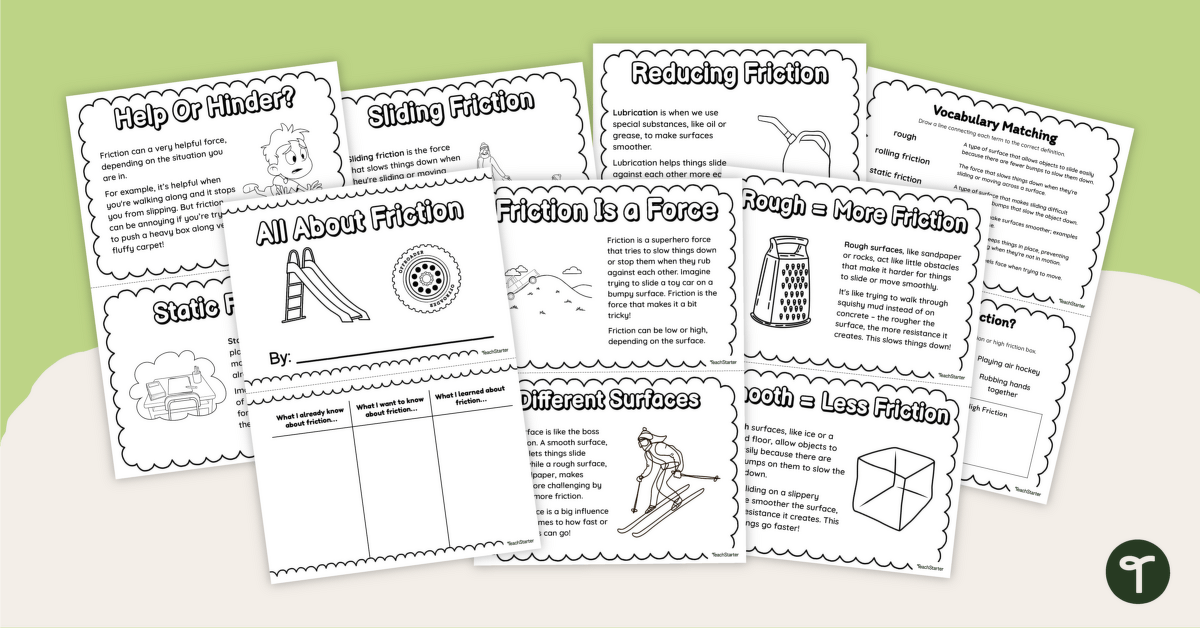

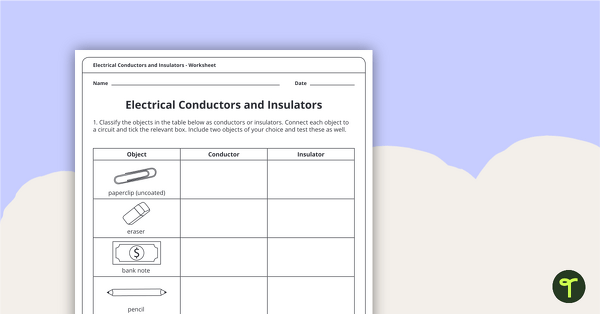
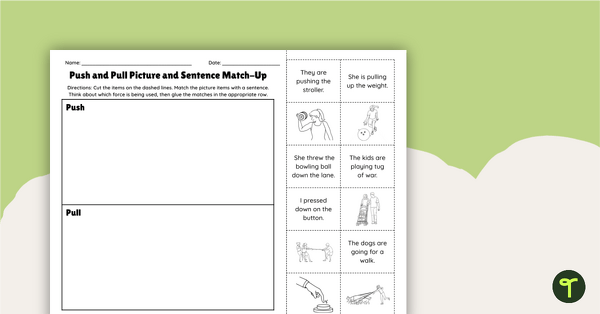
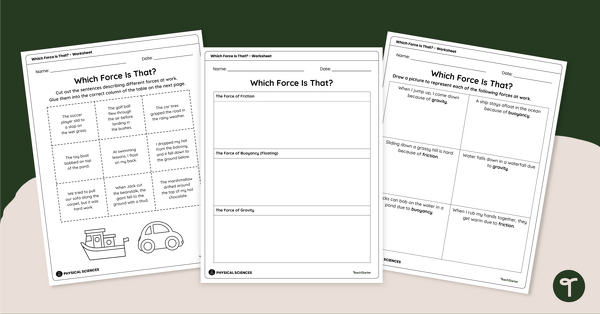
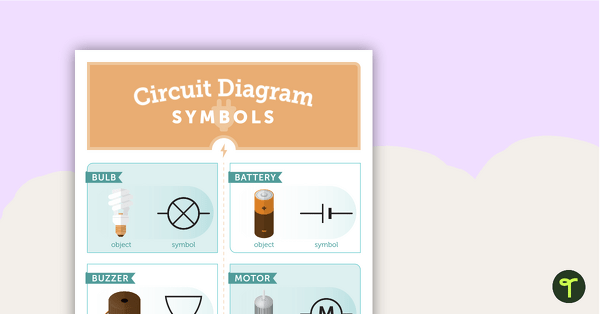
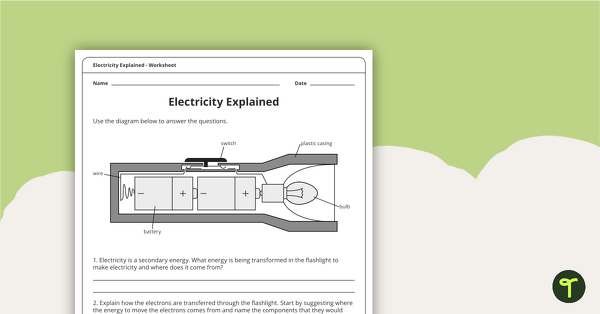

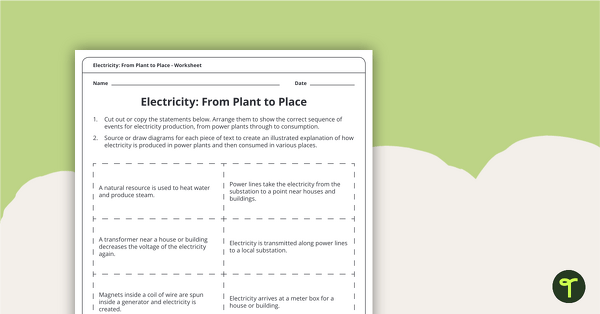

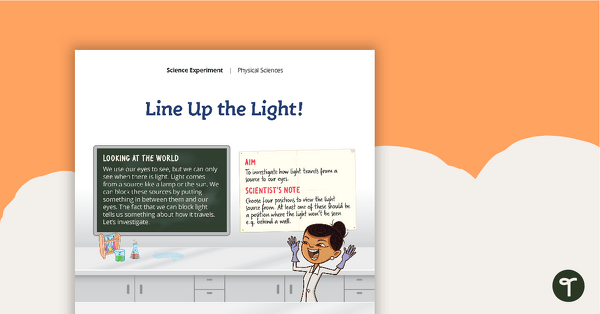
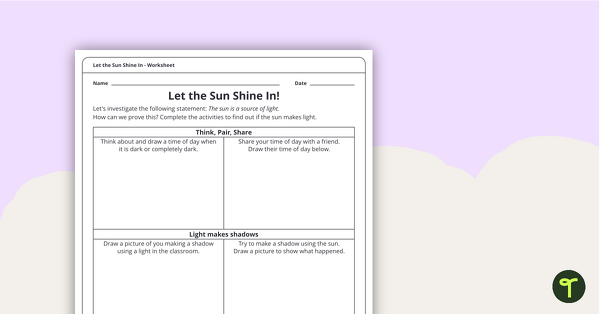
0 Comments
Write a review to help other teachers and parents like yourself. If you'd like to request a change to this resource, or report an error, select the corresponding tab above.